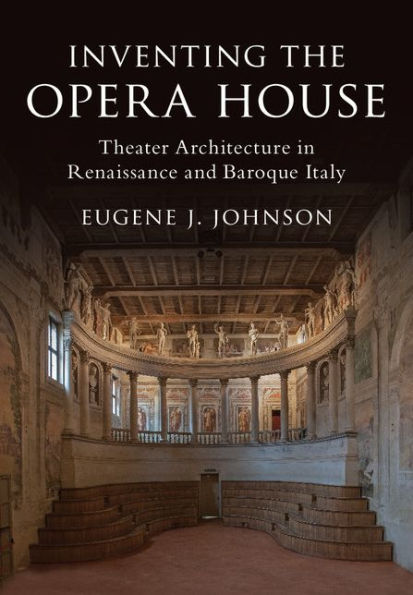5
1

Inventing the Opera House: Theater Architecture in Renaissance and Baroque Italy

Inventing the Opera House: Theater Architecture in Renaissance and Baroque Italy
eBook
$48.99
$64.99
Save 25%
Current price is $48.99, Original price is $64.99. You Save 25%.
Related collections and offers
48.99
In Stock

Product Details
| ISBN-13: | 9781108386234 |
|---|---|
| Publisher: | Cambridge University Press |
| Publication date: | 05/17/2018 |
| Sold by: | Barnes & Noble |
| Format: | eBook |
| File size: | 138 MB |
| Note: | This product may take a few minutes to download. |
About the Author
From the B&N Reads Blog
